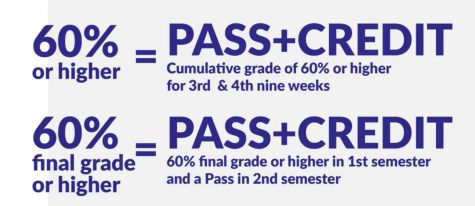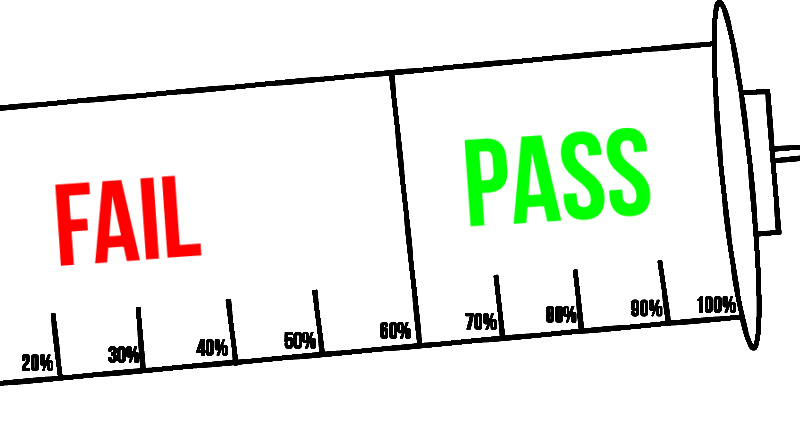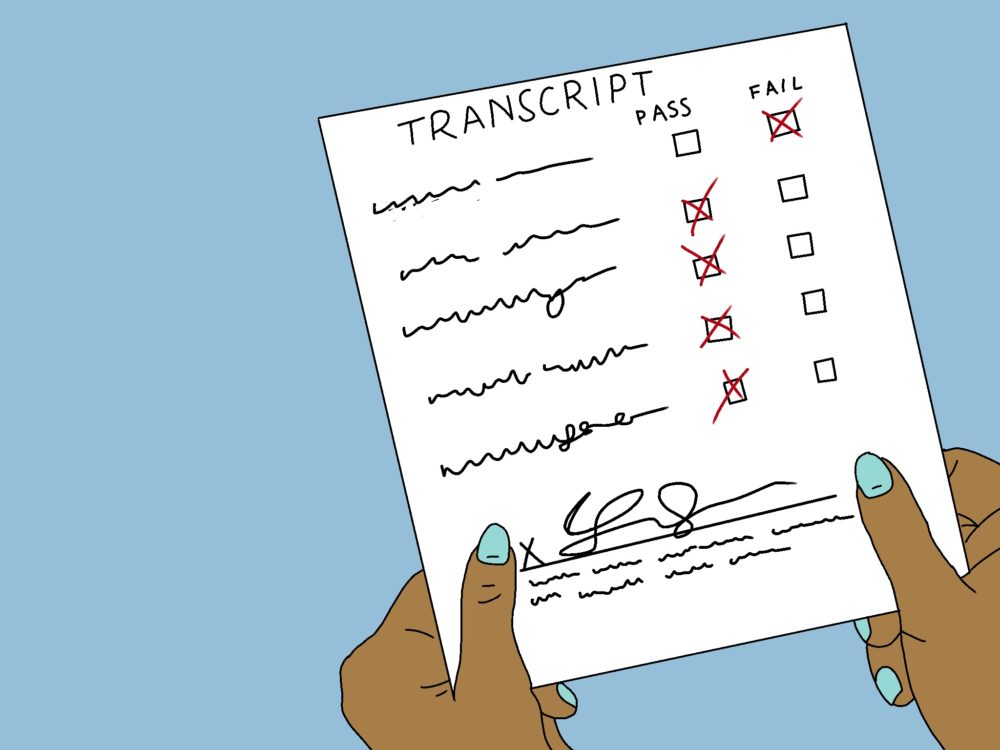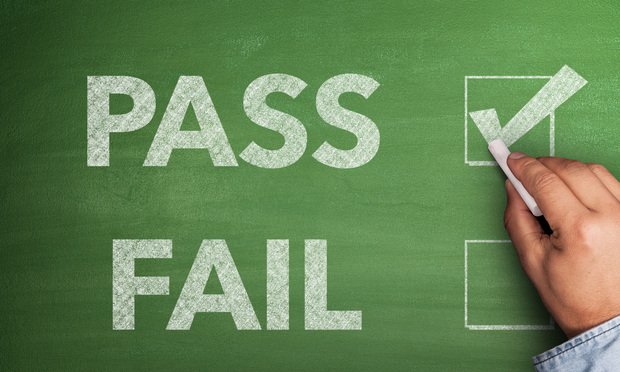Grading systems have long been a cornerstone of education, providing a way for teachers to assess the progress and understanding of their students. While there are many different grading systems in use around the world, the most common one is the pass/fail system, in which students are either deemed to have met the required standards (pass) or not (fail).
There are many arguments for and against the use of the pass/fail grading system. One of the main advantages of the pass/fail system is that it allows students to focus on learning rather than on grades. With this system, students are not as concerned with achieving a high grade or maintaining a certain GPA, and can instead focus on understanding the material and developing their skills. This can be especially beneficial for students who may struggle with traditional grading systems, as they may feel less pressure to perform and are more likely to engage with the material.
Another advantage of the pass/fail system is that it can foster a more collaborative and inclusive learning environment. With traditional grading systems, there can be a tendency for students to compete with each other for the highest grades, which can create an unhealthy and competitive atmosphere. In contrast, the pass/fail system encourages students to work together and support each other in their learning, rather than seeing each other as rivals.
However, there are also valid criticisms of the pass/fail system. One concern is that it does not provide enough differentiation between students. With traditional grading systems, students are able to see exactly how they performed compared to their peers, and this can provide valuable feedback and motivation to improve. With the pass/fail system, however, all students who meet the requirements receive the same grade, which can make it harder for teachers to identify areas of strength and weakness.
Another concern is that the pass/fail system can create a lack of accountability. With traditional grading systems, students have a clear incentive to put in the necessary effort to achieve good grades. With the pass/fail system, however, students may not feel as much pressure to perform, which can lead to a lack of motivation and a lower quality of work.
In conclusion, the pass/fail grading system has both advantages and disadvantages. While it can provide a more collaborative and less stressful learning environment, it can also lack differentiation and accountability. Ultimately, the best grading system will depend on the specific needs and goals of a given educational setting.








